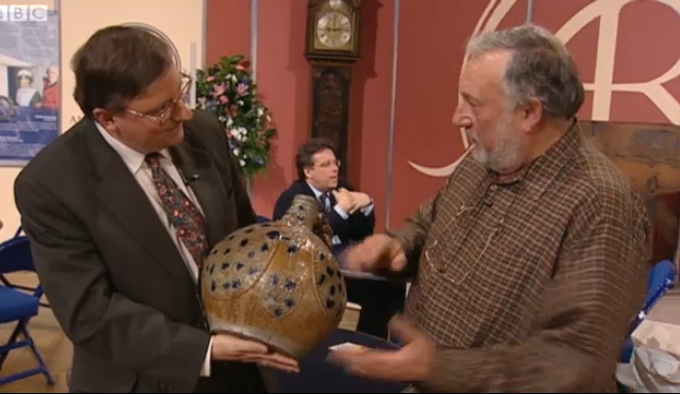Galileo faced two main episodes of opposition to his Copernicanism. The most famous one is his trial when Pope Urban VIII summoned him to Rome in 1633 to recant his work. But earlier,
«in 1616, on the orders of Pope Paul V, cardinal Robert Bellarmine summoned Galileo, notified him of a forthcoming decree of the Congregation of the Index condemning the Copernican doctrine of the mobility of the Earth and the immobility of the Sun, and ordered him to abandon it. Galileo agreed to do so. (When Galileo later complained of rumours to the effect that he had been forced to abjure and do penance, Bellarmine wrote out a certificate denying the rumors, stating that Galileo had merely been notified of the decree and informed that, as a consequence of it, the Copernican doctrine could not be “defended or held”. Cardinal Bellarmine was himself ambiguous about heliocentrism, personally noting that further research had to be done to confirm or condemn it.)»
(ex Wikipedia with a long ‘a’)
Here is the jug itself. First, the expert (on the left) examining it in front of the owner.

Next, a closer view showing the Bellarmine coat of arms.

Here is a close view of the neck showing the face of Bellarmine himself (or a caricature thereof) somewhat in the manner of a Toby Jug.

And here is a Latin inscription, which we were told is in praise of wine or drinking.

The jug itself is dated 1606–7, just the right time in history. So I wondered, could this jug have possibly been owned by Galileo himself?
Alas, the reality seems much more prosaic. It is, rather, a Bartmann Jug of a kind that was made in Germany at that time. However, again ex Wikipedia:
«The popular alternative name “Bellarmine” is recorded earliest in 1634, and is in popular tradition associated with the cardinal Robert Bellarmine (1542-1621), a fierce opponent of Protestantism in the Low Countries and northern Germany. The reason for the association with Bellarmino is not entirely clear but was possibly conceived by Dutch and English Protestants to ridicule the cardinal. Another possibility is his anti-alcohol stance.»
However, according to the programme, the coat of arms and the caricature are authentic Bellarmine. But what better way for those Germans of that region, good Lutherans all, to thus get in a double blow at the cardinal on both religious and philempyrical [2] grounds.
[1] We Brits have a few days left to watch this on BBC iPlayer: http://www.bbc.co.uk/programmes/b0367zsj
[2] A coinage by myself based on the modern Greek “mpyra” meaning “beer”. I don’t know what it was called in classical Greek.





Comments